Customers are the modern market makers, transforming industries and influencing how companies compete and win. The ability of businesses to adapt well and react quickly determines their success. Becoming a customer-focused company is not a one-time event; it’s a gradual process that necessitates several changes along the way. Unfortunately, most businesses find it difficult to implement strategic change.
CMOs are often chosen to lead or co-lead their company’s change agenda as businesses aim to boost the success rate of their transformation initiatives. The CMO, as a member of the C-suite charged with voicing the customer’s interests and managing cross-functional brand efforts, is in a crucial role to lead company-wide change programs.
According to Forrester’s latest report, there are three components that CMOs should consider incorporating into their leadership style if they want to seize the opportunity to create meaningful change. First and foremost, they should welcome customer obsession as a driving force for progress. Second, rather than just change management, they should exercise change leadership. Finally, they must understand that trust is crucial for change.
Also Read: How Brands Can Profit from Digital Customer Experience Analytics
Customer obsession – the driving force for change
Much has been said about the importance of being focused on consumer needs as a growth driver. Having the ability to quickly gather useful consumer insights and respond on their basis, will result in positive outcomes. CMOs should determine how their company needs to adapt to be more receptive to customers, and this is a great place to start for businesses looking to reinvent themselves to unlock growth.
Change leadership is essential
Many transition efforts fail because the human aspect of change is not properly considered in their planning. Change management necessitates the development of comprehensive project plans for the plethora of activities that would take place. However, change leadership is needed, according to Forrester, to instill excitement at various stages of the change process in order to keep team members motivated and engaged.
It all starts with defining a clear vision that the whole team can rally around. It is then accompanied by a celebration of positive results in order to affirm the personal and organizational benefits of the change. It is backed by resources to help resolve the unavoidable roadblocks that will inevitably arise. Once a virtuous cycle gets going, it’s possible to keep the momentum going until the transition is complete.
Also Read: Strategies to Build Robust B2B Marketing Tech Stack
Trust is an essential component
Trust is a key component of a successful transformation initiative, both among leaders shaping the new vision and among team members who must believe that the pain and disruption of change will be worth it in the end. Any move a leader takes has the potential to replenish the bank of trust or deplete its reserves.
Although change management as a practice is well known, the most common roadblock to progress is found in the C-suite rather than in the trenches. On their way to being customer obsessed, leaders must embrace continuous transformation and be prepared with the tools and visibility to maintain the momentum needed to achieve meaningful change.
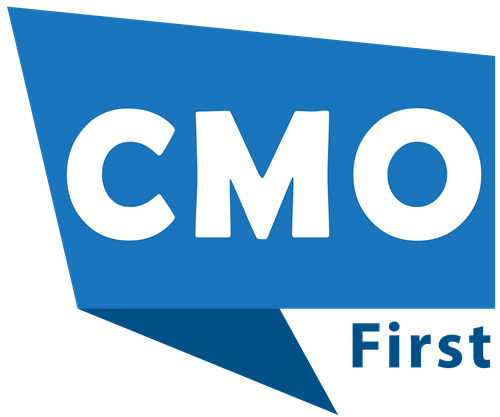





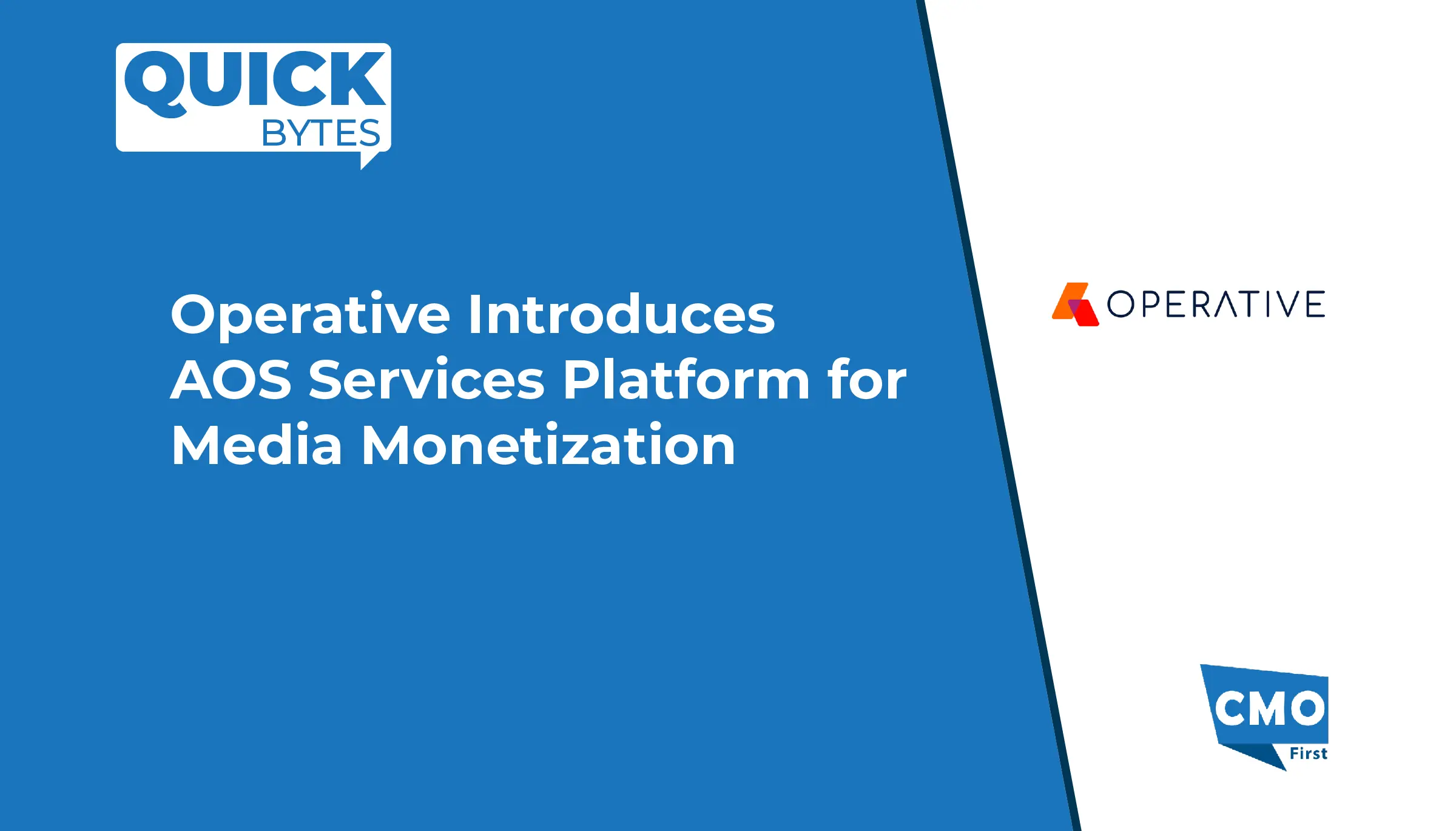





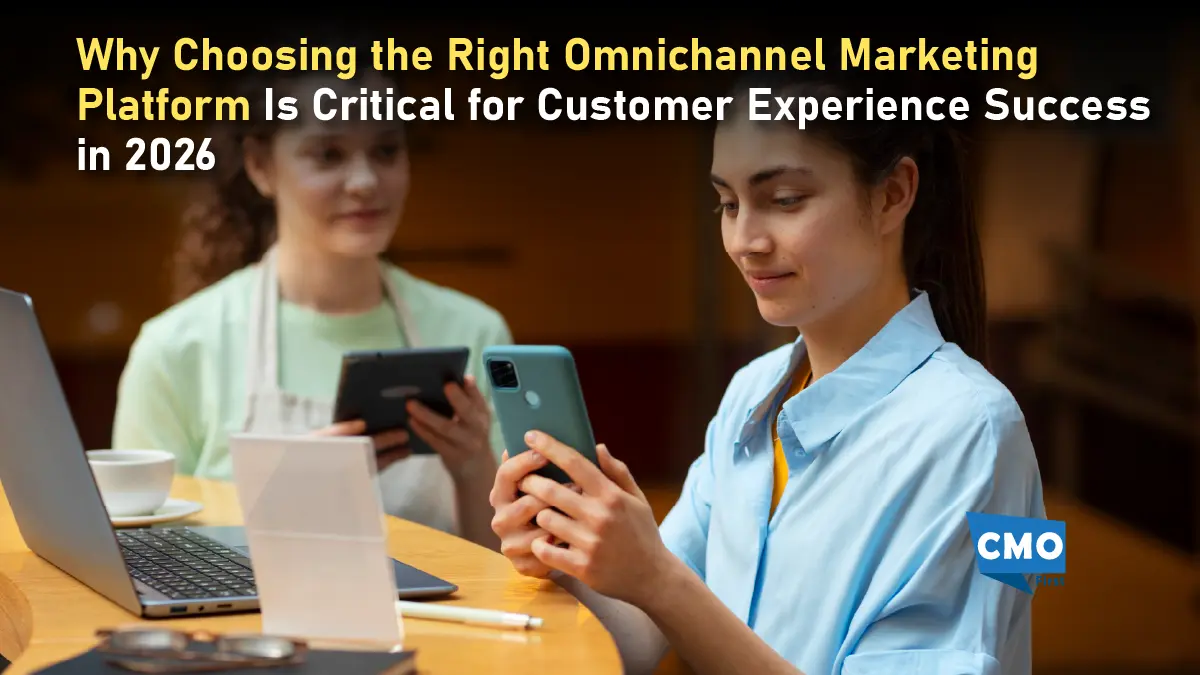

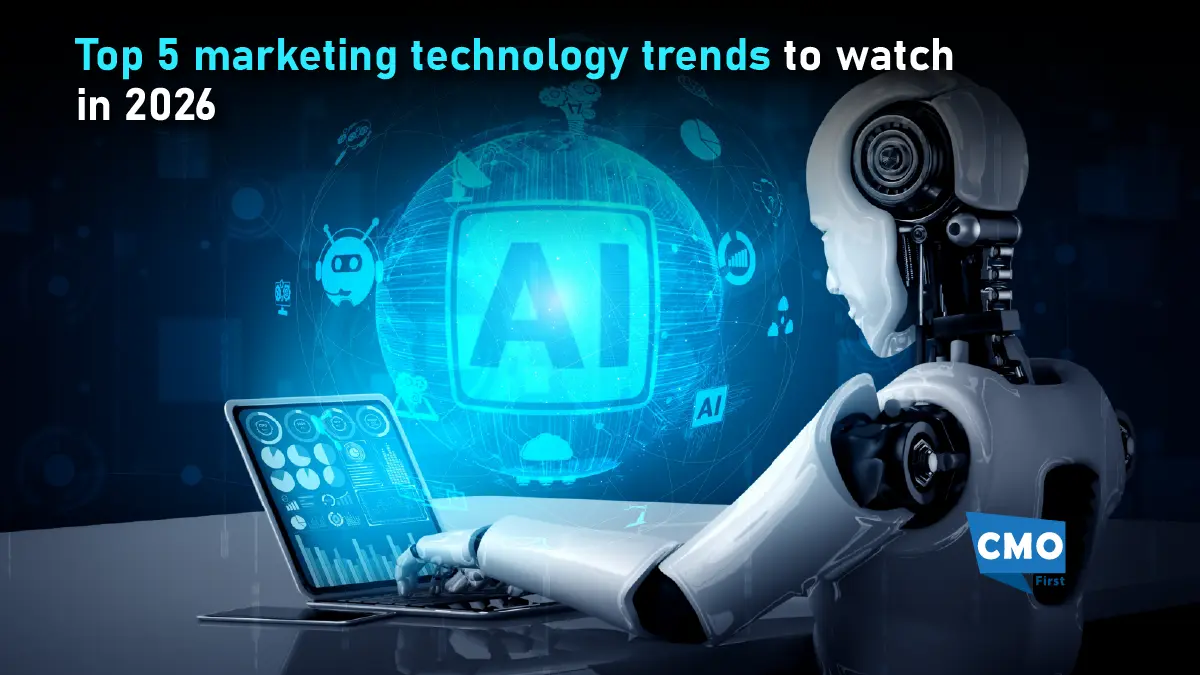






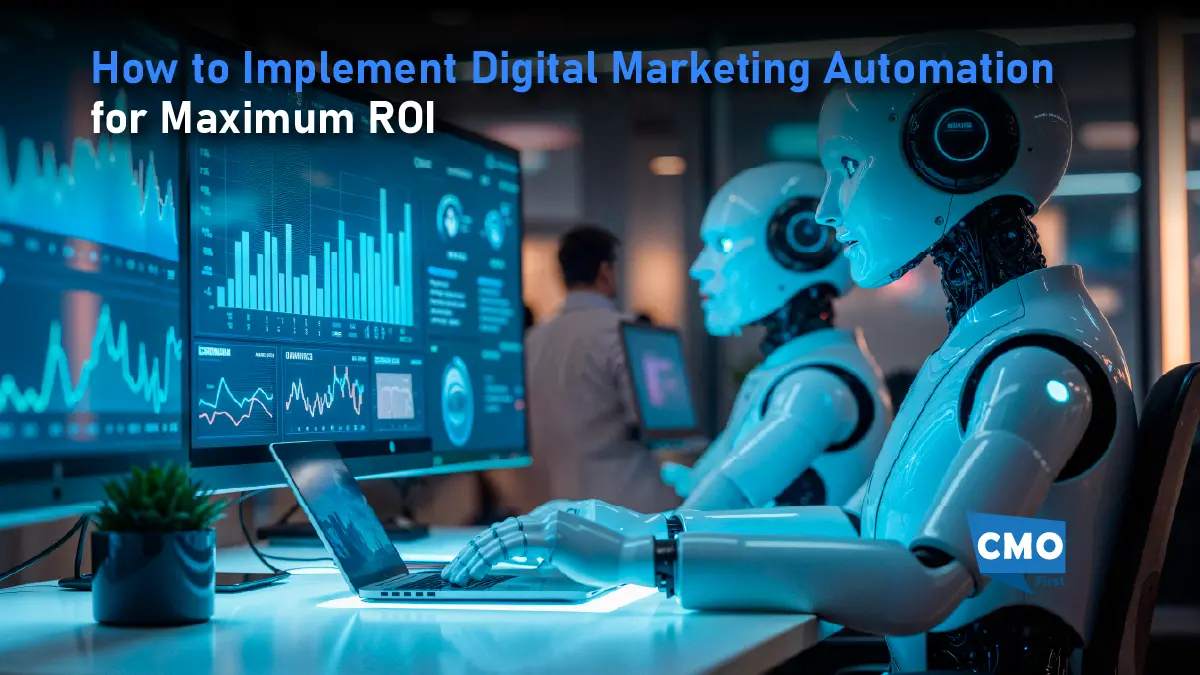
Leave a Reply